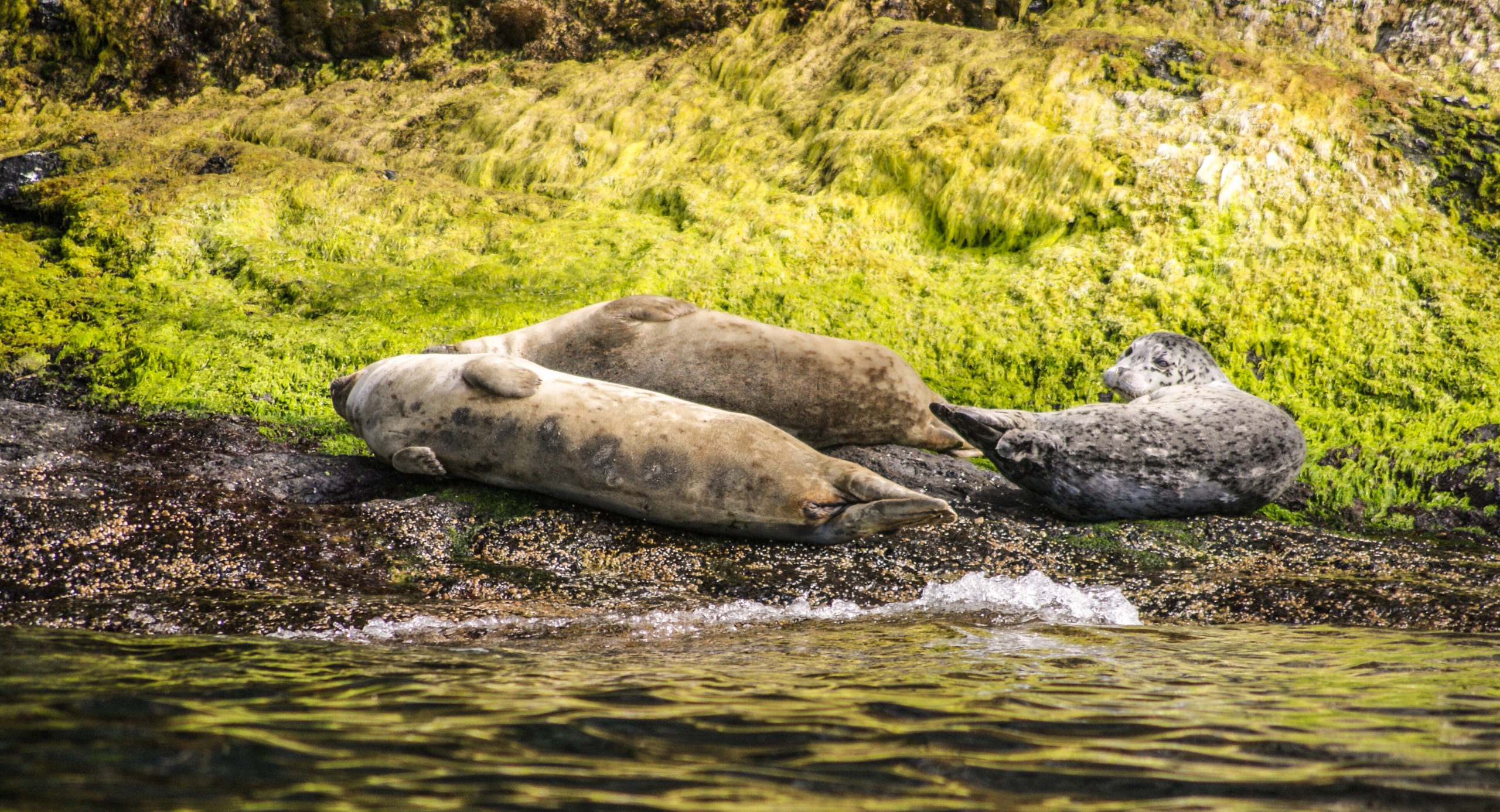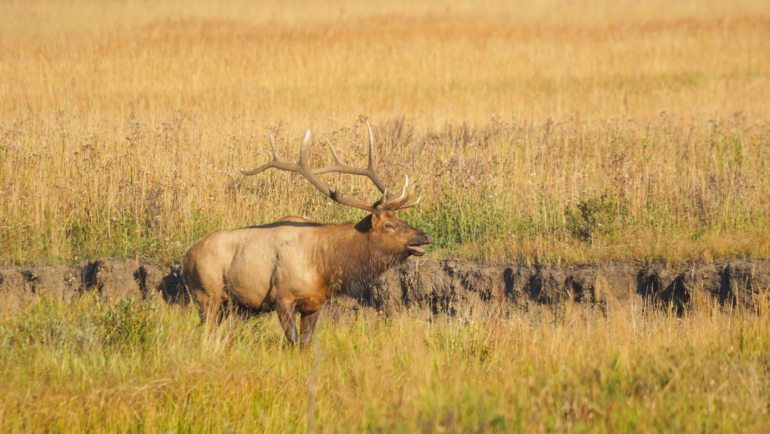

10 Park Ranger Tips: Visiting America’s National Parks
I’ve teamed up with Karli Sinclair, a former National Park Ranger, to share her insider tips for visiting America’s most treasured national parks. Karli served as an Interpretive Ranger in the Mather District of Yosemite National Park for two summer seasons in 2019 and 2020. What better person to share some Park Ranger tips than Karli herself! All the images featured in this article were taken by Karli Sinclair from National Park Service sites around the country. Please enjoy her 10 Park Ranger Tips: Visiting America’s National Parks.
America’s National Park History
Nearly 150 years ago, on March 1, 1872, President Ulysses S. Grant signed The Act of Dedication law that created Yellowstone National Park. Making Yellowstone America’s very first national park, and only the second in the world. About 44 years later on August 25, 1916, President Woodrow Wilson signed the act that officially created the National Park Service. This act mandated the agency “to conserve the scenery and the natural and historic objects and wildlife therein, and to provide for the enjoyment of the same in such manner and by such means as will leave them unimpaired for the enjoyment of future generations”. Because of these historic actions we now have 423 national park units (including memorials, reserves, seashores, and scenic trails) and 63 national parks (the newest was just added in January 2021 – New Gorge National Park, West Virginia) that have been protected for the wildlife and enjoyment of the public. The National Park Service currently protects 84 MILLION acres of land and over 4.5 MILLION acres of ocean, lakes, reservoirs, streams, and rivers.


10 Park Ranger Tips: Visiting America’s National Parks
- Find Your Park: National Park System units are found in all 50 states, the District of Columbia, and in the U.S. territories of Guam, the Northern Mariana Islands, American Samoa, the U.S. Virgin Islands, and Puerto Rico. So, what are you waiting for, start getting ready for your next adventure? For a better visual of the scale of these over 400 sites, check out the National Park Service’s Map that includes every site around the country. If you don’t have a park in mind already, I would start by searching in the state you want to visit and go from there. Some states have many National Park Service destinations like Alaska and California, while some only have two like Iowa. When planning your trip ask yourself what you want to see. If you want to take a journey through American history, I would suggest a national monument or national historic site like Birmingham Civil Rights National Monument or Homestead National Monument. If you like to learn about fossils check out places like Dinosaur National Monument. If you like to be in nature and to learn about wildlife and plants, I would suggest looking into places like Yosemite National Park and Rocky Mountain National Park.


Yellowstone National Park, Idaho, Montana, Wyoming- Known for “Old Faithful”geyser and its diversity of wildlife. ©Karli Sinclair 

Petroglyph National Monument, New Mexico- Features chains of dormant volcanos and 24,000 images carved by Ancestral Pueblo peoples. ©Karli Sinclair
- Select The Season: When planning your trip make sure to learn about what the changing seasons are like in that location. Many parks and sites will close due to extreme weather, like snowstorms and wildfires during winter and summer seasons. Also check to see if the destinations you want to see in the park are affected by the changing seasons. For example, if you want to see waterfalls in Yosemite National Park you should plan your trip between May and July. If you want to see the fireflies in Great Smoky Mountain National Park you should plan your trip during the springtime. Be sure to take the time to research the park’s seasons to help make your trip special and save you from any disappointment.
- Check Updated Precautions: Many parks have new rules and guidelines in place to keep everyone healthy during this time. Some parts of the parks may be closed or working differently due to staff constraints or to encourage social distancing. Please keep in mind while traveling that you may be visiting areas that do not have hospitals close by. Respect Tribal communities and local community guidelines. To find more information visit the updated National Parks Service Public Health Practices page.
- Get A Park Pass: Most National Parks have entrance fees, per vehicle. If you are traveling to multiple parks in the year, I would recommend getting the Annual Pass that you only have to pay for once. If you do the math, this Annual Pass could save you a bit of money on National Park entrance fees. Also to note, military members and their families can get a free annual pass. 4th and 5th grade students and their families can receive an annual pass for free too! For all the information about National Park Service passes visit their Plan Your Visit page.


- Be Respectful: National Parks can be busy places. For example, Great Smoky Mountain National Park welcomed over 12 million visitors in 2019 alone! Make sure to share trails and spaces with everyone. These are public lands, so everyone has the right to enjoy and learn about them. That includes being respectful to wildlife and plants too. Sadly Yosemite National Park has experienced a lot of vandalism to their precious sequoia trees. Together we can ensure these lands are preserved for future generations. Take nothing but pictures and leave nothing but footprints!
- Create Realistic Goals: Make sure you plan; accordingly, the parks are MUCH bigger than you think! Yellowstone National Park is spread over 2 MILLION acres and stretches between three different states. Once you have decided where you want to go and what you want to see, figure out how many hours or days you want to visit your park of choice. It helps to find locations in the park you want to visit and identify lodging or campsites near your preferred area.
- Let Nature Guide You: You can plan almost every second of your day, but sometimes the best moments in nature are unplanned. Make sure you are prepared for your hikes and experiences but also take time to feel your boots on the ground and soak in the wild. My most memorable moments as a Ranger were when I put my phone and camera away and just let the magic of Mother Nature unfold around me.


Petrified Forest National Park, Arizona- Known for its fossils, especially of fallen trees that lived about 225 million years ago. ©Karli Sinclair 

Joshua Tree National Park, California- Where the Mojave and Colorado Deserts meet and host the famous Joshua tree. ©Karli Sinclair
- Drive Carefully: You’ll often see milage signs like; “26 miles to Yosemite Valley” inside the national parks. But due to speed limits, curvy roads, and traffic the actual driving time is much longer than your typical commute. That 26 miles could end up taking over an hour to drive. Instead, just take your time and drive carefully. You are visiting some of America’s wildest spaces, the roads are narrow and steep, so be sure to follow speed limits. Guests who drive distracted or put the pedal to the metal often cause accidents and wildlife deaths. Always remember that you are a visitor in these landscapes, you don’t want to ruin your vacation or an animal’s life just because you were playing on your phone.
- Get to Know the Rangers: Stop by a visitor center if you have questions, need a map, could use a bathroom break, or want to browse the souvenirs. These visitor centers might be your last chance to chat with a Park Ranger for a while. When talking with the Rangers, make sure to have an idea of what you want your trip to look like. Rangers are there to help guide you and fill in the blanks, but they can’t plan your entire trip for you. Also be prepared, most parks do not have great cell service or wifi, stop at the visitor center to ask questions about the weather and trails, especially since your GPS has probably stopped working by that point.
- Find Your Home Base: Lodging inside the national parks can be tricky. But I always tell people to investigate the park’s lodging, since some like Yosemite, offer lodging through companies that work within the park. Staying in a hotel inside of the park can often be costly and almost impossible to book due to popularity. Camping is another amazing way to experience the park. Most national parks have multiple campgrounds, and you can book them by searching for your park on the National Park Services Main Recreation page. Note that popular parks like Yosemite, Yellowstone, and Great Smoky Mountain have campgrounds that start filling up 6 months in advance. Make sure to do your research, since all campgrounds have different amenities; some have showers and electricity, while some don’t even have bathrooms. The more planning and research you do beforehand will help to mitigate any surprises along the way. Also be sure to follow all food storage rules and to NEVER feed wildlife. Another lodging option is to check out the towns right outside of the park, Rangers call these “gateway towns.” These towns often have locally owned inns, hostels, hotels, or RV parks. Staying in a gateway town not only helps support the local community but also gives you a home base with restaurants, grocery stores and locally owned businesses to enjoy. To cut down on gas usage, find a gateway town that is closest to your top park destinations to save on drive times.


Mammoth Cave National Park, Kentucky- The longest cave system known in the world. ©Karli Sinclair 

Mammoth Cave National Park, Kentucky- The longest cave system in the world. ©Karli Sinclair
Start Making Plans to Visit Our National Parks
With more than 400 national park sites and thousands of public lands nationwide, there’s endless ways for YOU to get out and explore. For more inspiration visit Find Your Park and take their quiz to find parks that fit what you are looking to explore! Now it’s time to get out and take your own Journey For Wildlife!


Congaree National Park:
South Carolina’s Claim to Fame: Congaree National Park
Video: Exploring Congaree National Park
Smoky Mountain National Park:
Spotting Elk in the Smokies of North Carolina
Everglades National Park:
5 Animals to See in the Everglades
Video: Everglades National Park
Not So Glamorous Glamping in the Everglades



























